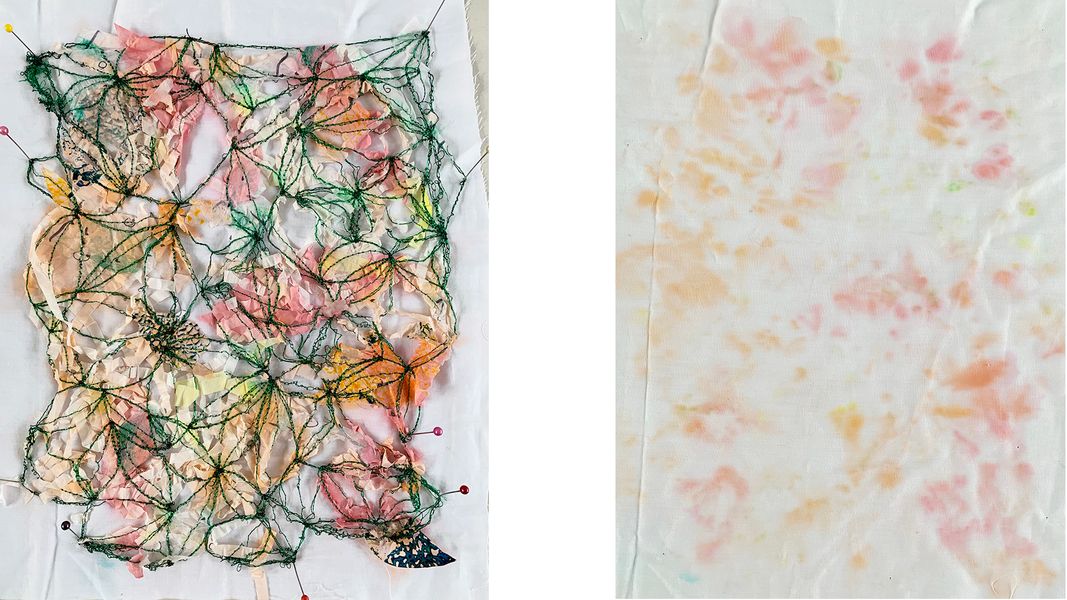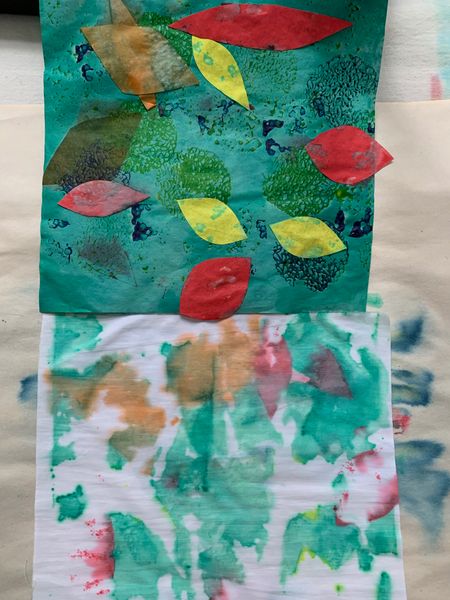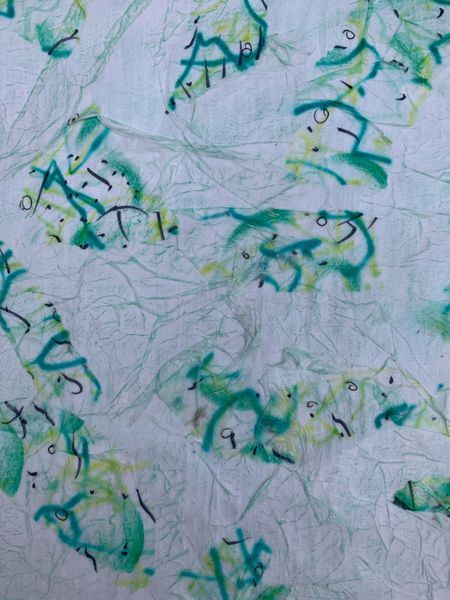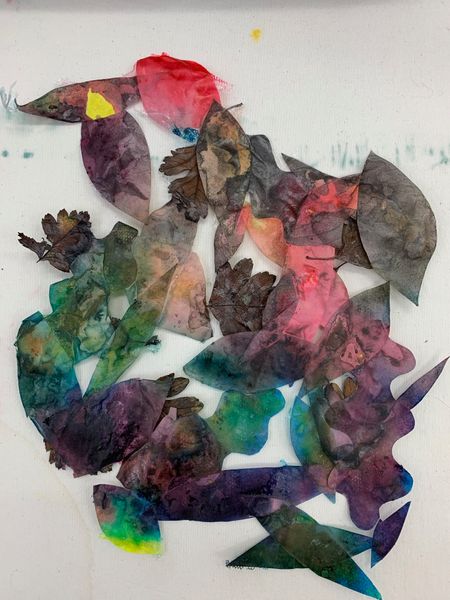Working With Tissue - an introduction to mixed media textiles
Description
Tissue paper is something we all have lying in drawers – from left over packets for gift wrapping to the wrappings around special clothes or shopping items. We keep it because ‘it will come in useful one day’! This short course will give you ideas of how you might use some of that leftover tissue – or new tissue – in your textile work. We will colour it, use it to colour fabric, laminate it and create collage material with it. Most of the equipment you will need will be in your house/drawers already, and you can use alternative media to some of my suggested ones if you have difficulty getting hold of a couple of the more specialist items. The video is broken down into useful sections so that you can watch one section and work from it before moving on to the next rather than trying to remember everything from watching in one sitting. The course booklet also contains some basic information to go alongside the videos so you don't have to remember everything from the video!
What's included in the price?
Instructional video Course Booklet Closed FB group and access to tutor support via this
What you will need
• Sheet of white tissue paper • Some cheap coloured tissue paper and you could also use some crepe paper – better to have small amounts of different colours than lots of a single colour • Any scraps of other tissue paper you may have with pattern/metallic/brand names etc • 1m white fabric – as smooth as possible – it does not have to be cotton as we are not using dyes - polycotton is ideal for this, or a poplin/percale/sateen. Please iron before using. • Small bottle matte medium, or you can water down PVA to the right consistency • Spray bottle/plant mister – for water • Optional: some kind of ink – could be India ink/acrylic ink/drawing ink • Small piece of dissolvable fabric (I used solufleece by vilene, but you could also use Aquafilm Romeo) • CMC paste or you could use wallpaper paste (with rubber gloves and possibly also a mask when mixing) • Any crayons/pencils/pens/pastels you have in the house • Acrylic paint in your colours if you have it – do not substitute for gouache or watercolour, as it needs to remain on the paper when wet (the paper not the paint) • Any mark making tools you have in the house – sponge /toothbrush /stamps /forks • Print surface to work on – this could be a pad of newspaper, an old towel – anything where you can work off the edge of your fabric, or drop wet things on without ruining your table surface! • Small piece of heavy plastic to protect your surface from very wet media • Small piece of nylon tulle – about 12”/30cm square • Old decorators brush – 1” or slightly bigger or a bakers brush • Vinyl/latex/nitrile gloves. Not rubber gloves as these are too bulky for this type of work • Old clothes just in case • Paper scissors • Sewing machine + threads + free motion foot if part of your stitch repertoire
Duration
Maker

Suitable for
- Adults
- Seniors
- Teenagers
- Limited mobility
- Suitable for beginners
- Intermediate level
This course is taught online







